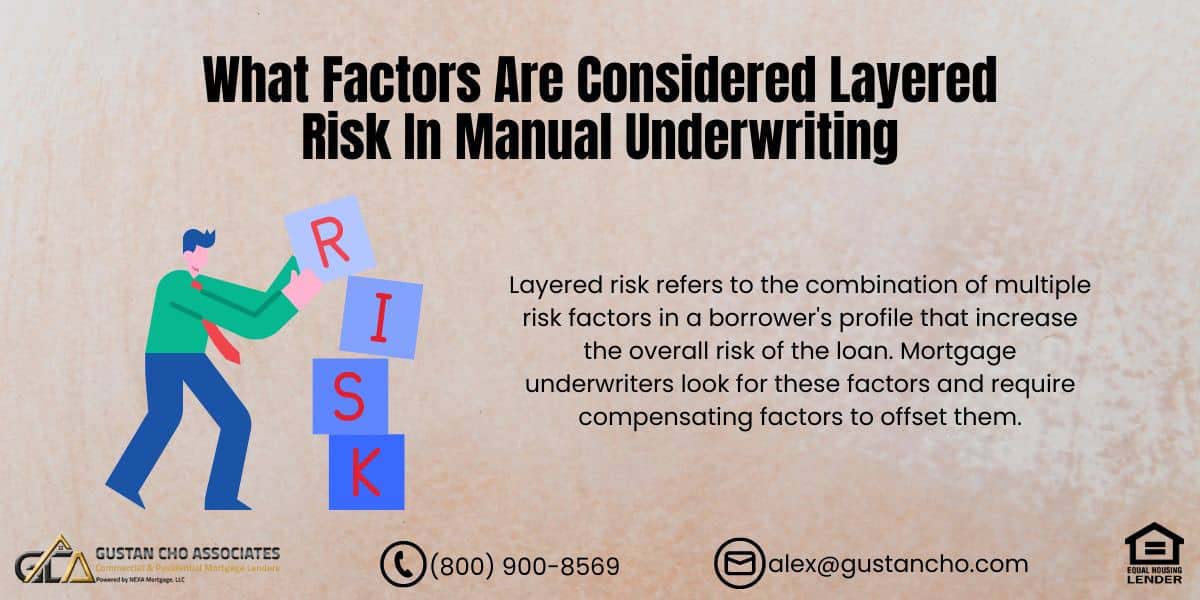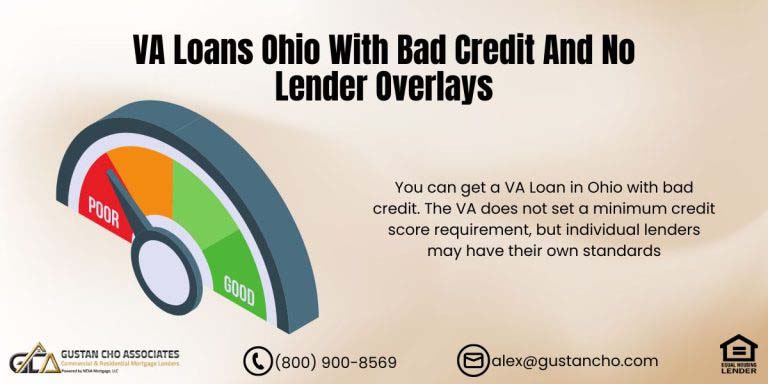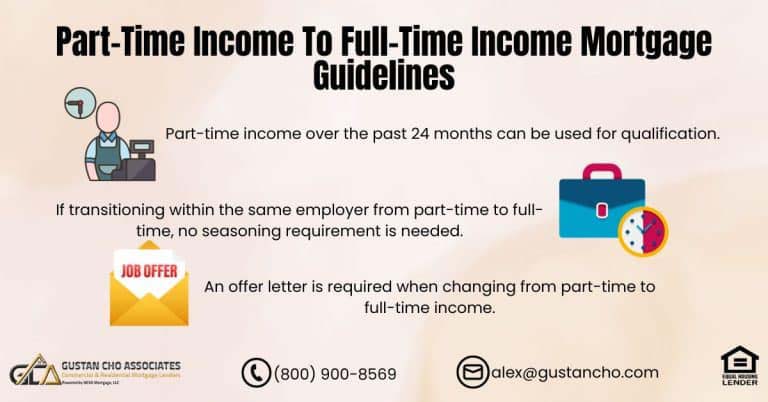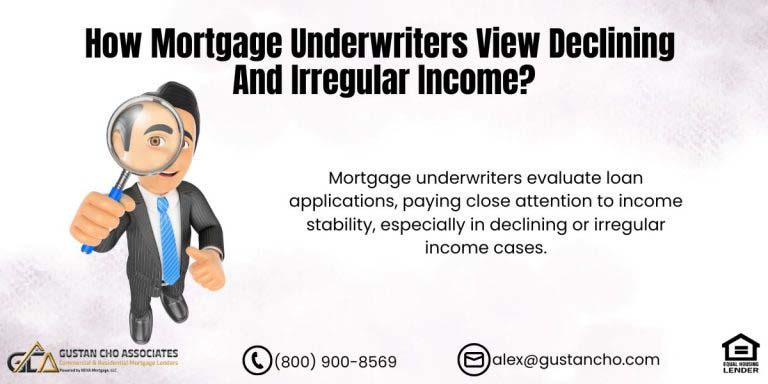In this blog, we will be discussing the factors that are considered layered risks in manual underwriting. FHA and VA loans are the two primary loan programs that permit manual underwriting. When a VA or FHA loan receives a refer/eligible finding on the automated underwriting system (AUS), the application can still proceed with manual underwriting.
Not all lenders are equipped to perform manual underwriting. Many mortgage companies avoid manual underwriting files because they are perceived as riskier compared to AUS-approved files.
Suppose an AUS-approved borrower appears risky due to higher debt-to-income ratios, substantial outstanding collection balances, or other risk factors. In that case, their application can be downgraded to a manual underwrite. The decision to downgrade an AUS-approved borrower to manual underwriting lies at the underwriter’s discretion.
What Is Layered Risk in Manual Underwriting
Layered Risk in Manual Underwriting is an important consideration for VA and FHA loans. Mortgage underwriters meticulously review a borrower’s credit and income profile. Lenders acknowledge that borrowers might have experienced credit issues in the past and do not require perfect credit for mortgage loan qualification.
When a borrower presents three of the following negative factors, underwriters will seek compensating factors:
Compensating Factors are positive elements that mitigate the layered risk in manual underwriting, thereby enhancing the borrower’s overall credit and income profile. However, if a borrower has four or more risk factors, credit approval will not be granted.
Concerned About Layered Risk in Manual Underwriting? We Can Help You Navigate the Process!
Contact us today to learn how we can help you qualify for a mortgage despite higher risk factors.List Of Layered Risk In Manual Underwriting
Manual underwriting is available for FHA and VA home loans. It occurs when the Automated Underwriting System (AUS) does not provide an approved/eligible status but gives a refer/eligible status. This is often the case for FHA and VA loans during or immediately after a Chapter 13 bankruptcy discharge without the required two-year seasoning period, necessitating manual underwriting.
Below are factors considered as layered risks in manual underwriting:
- Unstable work history with gaps in employment over the past several years
- Rental verification with a payment shock exceeding 150%
- No credit tradelines or limited tradelines active within the past three years, each lasting at least 24 months
- Fewer than three credit tradelines
- Higher debt-to-income ratios
- Use of 100% gifted funds for the down payment
These factors contribute to what is known as layered risk in manual underwriting.
Layered Risk In Manual Underwriting Guidelines
Per manual underwriting guidelines, underwriters are supposed to assess risk in the following manner in the following paragraphs.
Primary Risk Assessment
- Borrowers down payments are assessed
- Loan to value is taken into consideration
- Larger down payment and lower LTV and equity are considered compensating factors
- The buyer has skin in the game
- Overall credit history and payment history is reviewed for all applicants
- Lower down payment and lower credit score borrowers are posed to have layered risk
Contributory Risk Assessment
- High debt to income ratio
- Liquid assets and reserves
- Term of mortgage
- Mortgage and Rental payment history and payment shock
- Prior bad credit including housing events and/or bankruptcy
- Number of borrowers and/or co-borrowers
Comprehensive Risk Assessment
- Lower down payment, lower credit scores, prior bad credit, no reserves after closing, high loan to value is indicative of high risk for potential mortgage default
- With such factors, investors will need to be convinced why the borrower will not default on their loan
- Need to provide evidence/compensating factors to offset layered risk factors in manual underwriting
Compensating Factors To Offset Layered Risk In Manual Underwriting
Here is a case scenario on layered risk in manual underwriting that is offset by compensating factors:
- The borrower has 580 credit scores
- Has older isolated bad credit
- Putting down 10% on FHA Loan where it is above and beyond the 3.5% down payment required
- Borrowers have $30,000 in a bank account that can be liquidated anytime
This borrower has compensating factors to offset the isolated period of bad credit and low credit scores. So this borrower will be a good candidate for manual underwriting approval.
Layered Risk in Manual Underwriting? We Can Help You Get the Loan You Need!
Contact us now to discuss how we can help you qualify and get approved for your home loan.What Causes Manual Underwriting?
Manual underwriting occurs when a mortgage loan application cannot be approved through automated underwriting systems (AUS) and requires a human underwriter to review and evaluate the application. Several factors can lead to manual underwriting, including:
- Non-Standard Income Sources: Borrowers who earn income from self-employment, irregular or seasonal jobs, multiple part-time jobs, or other non-conventional sources may need manual underwriting to evaluate their loan repayment capacity properly.
- Credit History Issues: Borrowers with limited credit history, recent credit issues (such as late payments or collections), or unique credit circumstances may need manual underwriting to evaluate their creditworthiness more comprehensively.
- Complex Financial Situations: Applicants with multiple properties, significant assets or liabilities, or complicated financial profiles may require a more detailed review than automated systems can provide.
- Special Loan Programs: Certain loan programs, such as those for first-time homebuyers, low-to-moderate income borrowers, or specific government-backed loans (e.g., VA loans, USDA loans), may have unique criteria that necessitate manual underwriting.
- Borrower Preferences: In some cases, borrowers may prefer manual underwriting if they believe their financial situation is not accurately represented by automated systems or if they want a more personalized review of their application.
- Errors or Inconsistencies: Incomplete or inconsistent information on the loan application, such as discrepancies in income or employment details, may trigger manual underwriting to resolve these issues.
Manual underwriting allows for a more nuanced evaluation of the borrower’s overall financial picture, taking into account factors that automated systems might overlook or misinterpret.
Factors Considered Layered Risks in Manual Underwriting By Mortgage Underwriters
Below are layered risks in manual underwriting considered by lenders:
- a high loan to value (95%)
- the middle credit score below 640
- no reserves after closing or minimal
- no prior mortgage history or rental (they have lived with parents or someone else and their contribution cannot be documented) and
- minimal credit to begin with
- self-employment for less than 2 years
The above are considered layered risks in manual underwriting by lenders and the home loan has a high chance of defaulting without compensating factors.
How Mortgage Underwriters Assess Self-Employed Borrowers
The first two years of self-employment are the toughest years. The first two years are the most important year of any start-up business. The first two years dictate whether the business is going to be in business or not. This is the main reason there is a two-year seasoning requirement for any self-employed borrower to qualify for a mortgage.
Even for self-employed borrowers who have been in the same field for many years, starting a new business in the same field is risky. Often times nobody can predict how a new business will do. Time will tell.
Declining Income versus Growing Income on Self-Employed Borrowers
If the business has increased revenues then the business is likely to continue, grow, and succeed. However, if the business has declining revenues and is not profitable by the end of the second year, chances are that the business may not a success and may take more time to predict the profitability of the business.
It takes a lot of start-up capital, time, and experienced people to start a new business. Mortgage Underwriters pay special attention and added layered risk in manual underwriting for self-employed borrowers.
Choosing The Right Lender
Not all lenders have the same mortgage lending requirements. Just because one lender is an FHA Approved Lender does not mean all lenders have the same lending requirements. All lenders need to meet government and/or conventional mortgage guidelines. However, each lender may have tougher mortgage guidelines than other lenders call mortgage overlays.
Dealing with Layered Risk in Manual Underwriting? We Make the Process Simpler!
Contact us today to find out how we can help you navigate manual underwriting and secure the financing you need.Agency Guidelines Versus Lender Overlays
Lender Overlays are mortgage guidelines that are above and beyond those of FHA, VA, USDA, Fannie Mae, and Freddie Mac. For example, to qualify for FHA Loans, HUD, the parent of FHA, requires a 580 credit score. Most lenders will require a 620 credit score on FHA Loans. This holds true even though HUD Guidelines state minimum credit scores to qualify for a 3.5% down payment home purchase FHA loan is 580.
HUD Agency Guidelines allow borrowers with under 580 FICO and down to a 500 credit score to be eligible for an FHA loan with a 10% down payment. However, most lenders do not want anything to do with borrowers with under 580 scores and have lender overlays on credit scores. Although HUD allows 500 credit score borrowers, most lenders have lender overlays on credit scores due to risk.
Benefit of VA Loans
The United States Department of Veteran Affairs (VA) does not have any credit score nor debt to income ratio requirements. However, most VA Lenders will require a 620 to 640 credit score and they may have a 50% debt to income ratio cap. I just recently closed on a VA Loan with 597 credit scores and a 65% debt to income ratio because I got an approve/eligible per Automated Underwriting System.
Gustan Cho Associates Mortgage Group has no lender overlays on government and conventional loans. Feel free to call or text us for a faster response at 800-900-8569. We are available 7 days a week, evenings, weekends, and holidays. Or email us at alex@gustancho.com.
FAQs: What Factors Are Considered Layered Risk In Manual Underwriting
-
1. What is layered risk in manual underwriting? Layered risk refers to the combination of multiple risk factors in a borrower’s profile that increase the overall risk of the loan. Mortgage underwriters look for these factors and require compensating factors to offset them.
-
2. What are compensating factors in manual underwriting? Compensating factors are positive elements in a borrower’s profile that can offset the layered risks. These factors add strength and integrity to the borrower’s overall credit and income profile, helping to secure loan approval despite higher risks.
-
3. Which loan programs allow manual underwriting? FHA (Federal Housing Administration) and VA (Veterans Affairs) loans are the two main loan programs that allow manual underwriting.
-
4. When is manual underwriting used? Manual underwriting is used when a loan application cannot be approved through an Automated Underwriting System (AUS) and requires a human underwriter’s review. It is also used if the AUS-approved borrower is considered risky due to high debt-to-income ratios, outstanding collection balances, or other risk factors.
-
5. What are some examples of layered risks in manual underwriting? Some examples of layered risks in manual underwriting encompass an unstable work history characterized by gaps in employment, experiencing a rental payment shock exceeding 150%, having limited or no active credit tradelines within the past three years, dealing with higher debt-to-income ratios, and relying on 100% gifted funds for the down payment.
-
6. How do underwriters assess risk in manual underwriting? Underwriters assess risk through three main categories: In manual underwriting, underwriters evaluate risk by examining it through three primary lenses. The Primary Risk Assessment is centered on the borrower’s down payment, loan-to-value ratio, overall credit history, and payment history. Then there’s the Contributory Risk Assessment, which considers factors such as high debt-to-income ratios, liquid assets and reserves, mortgage and rental payment histories, and any prior credit issues. Lastly, the Comprehensive Risk Assessment looks into scenarios involving lower down payments, lower credit scores, previous bad credit, a lack of reserves, and high loan-to-value ratios.
-
7. What are some compensating factors that can offset layered risks? Examples of compensating factors include making a larger down payment than required, possessing significant liquid assets or reserves, having a strong employment history or high income, and maintaining a consistent rental payment history without significant payment shocks.
-
8. Why might a self-employed borrower require manual underwriting? Because self-employed individuals have diverse income sources, they may require manual underwriting. The initial two years of self-employment are typically significant, and underwriters closely examine income consistency and progression.
-
9. How do lender overlays affect manual underwriting? Lender overlays are additional guidelines imposed by lenders that go beyond standard agency requirements. These overlays can make it harder for borrowers to qualify for a loan, even if they meet basic FHA or VA guidelines.
-
10. Can borrowers with lower credit scores qualify for FHA or VA loans through manual underwriting? Yes, borrowers with lower credit scores can qualify for FHA or VA loans through manual underwriting, provided they have strong compensating factors to offset the layered risks. For example, FHA allows loans with credit scores as low as 500 with a 10% down payment. However, many lenders set higher minimum scores due to their overlays.
-
11. What should borrowers consider when choosing a lender for manual underwriting? Borrowers should consider lenders with fewer overlays and experience handling manual underwrites. It’s important to find a lender willing to work with unique financial situations and has a flexible approach to underwriting.
If you have questions or need personalized advice, please get in touch with us at 800-900-8569 or alex@gustancho.com. We are available seven days a week, including evenings, weekends, and holidays.
This blog about What Factors Are Considered Layered Risk In Manual Underwriting was updated on May 30th, 2024.










